How to store a refrigerator when it’s not in use
Store yours properly to keep it in great condition
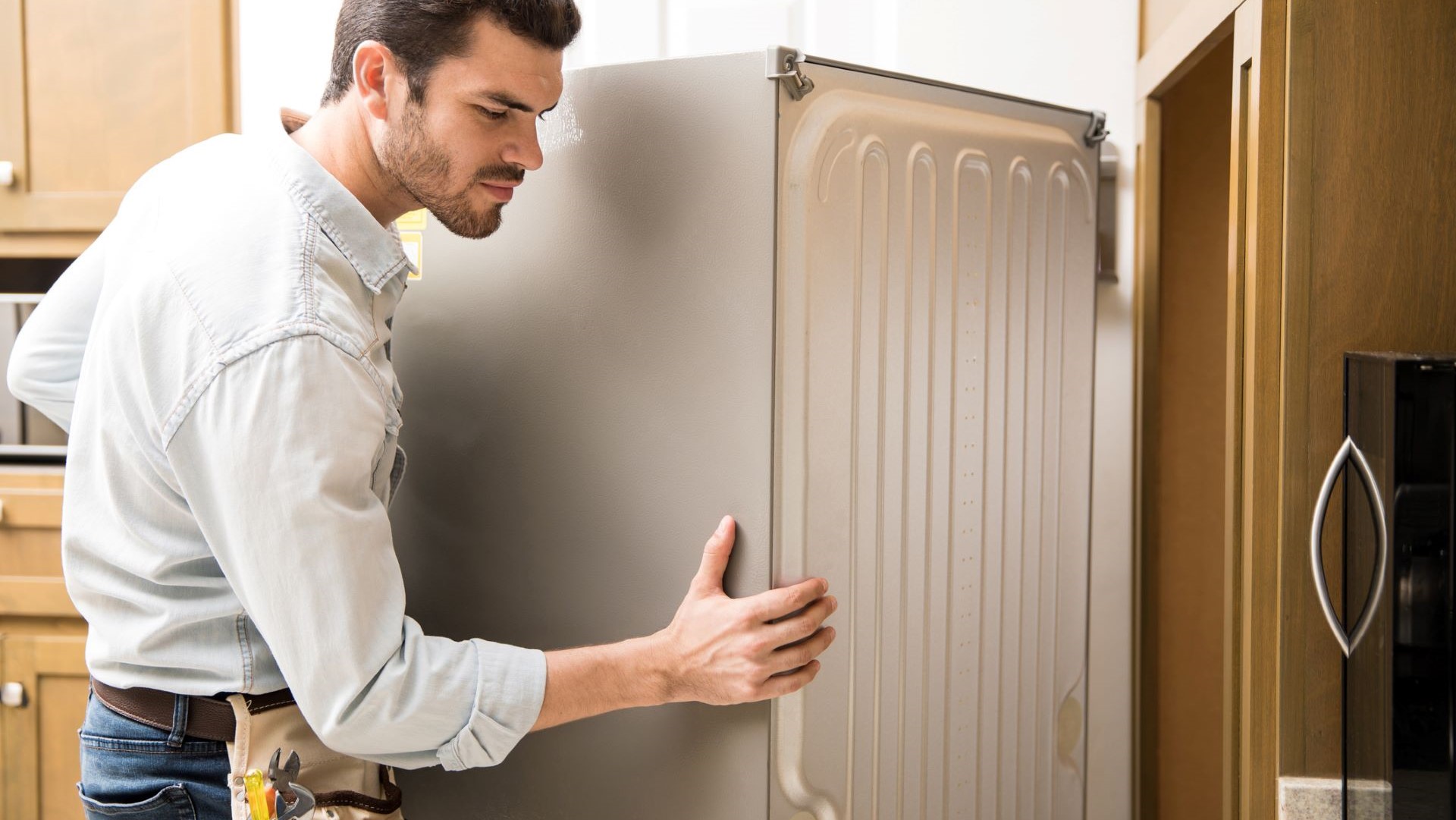
Knowing how to store a refrigerator when it's not in use is essential to ensure it remains functional and odor-free whenever you decide to use it again. Whether you're moving, going on an extended trip, or simply need to store it for a while, our step-by-step guide will walk you through the process.
- An extra pair of helping hands
- Pads or a thick blanket
- Towels (optional for soaking up melted ice)
- Soft sponge or cloth
- Dish soap
- Masking tape or duct tape (optional for moving)
- Screwdriver (if necessary for accessing condenser coils)
- Wrench/pliers (if you need to turn off a waterline)
- Vacuum hose or soft brush
- Moisture absorbers or baking soda
- Wooden blocks (optional)
From cleaning and defrosting to securing the doors, we’ve got tips and tricks to help make it safe, easy and efficient. Follow our instructions to safeguard your appliance, preserve its longevity, and avoid any unpleasant surprises when it's time to start using it again.
The best refrigerators can be expensive to replace, so ensuring you store yours properly will save you money in the long run. Our step-by-step guide will guide you through preparing your refrigerator for storage and offer expert advice on maintaining it while it’s not in use.
Quick steps: How to store a refrigerator
- Unplug the refrigerator
- Pull the refrigerator away from the wall
- Remove all food items
- Defrost any ice compartments
- Clean all interior surfaces
- Tape doors closed if moving the unit
- Remove condenser coil cover
- Clean condenser coils and back of unit
- Place moisture absorbers inside
- Prop doors open slightly
- Store properly
- Check on periodically
- Clean again before reusing
Step by step guide: How to store a refrigerator
1. Unplug the refrigerator

Locate the plug that connects the refrigerator to the power outlet. Carefully unplug it and pull the cord from the back of the fridge. This prevents any risk of electric shocks or damage to the appliance while in storage.
2. Pull the refrigerator away from the wall
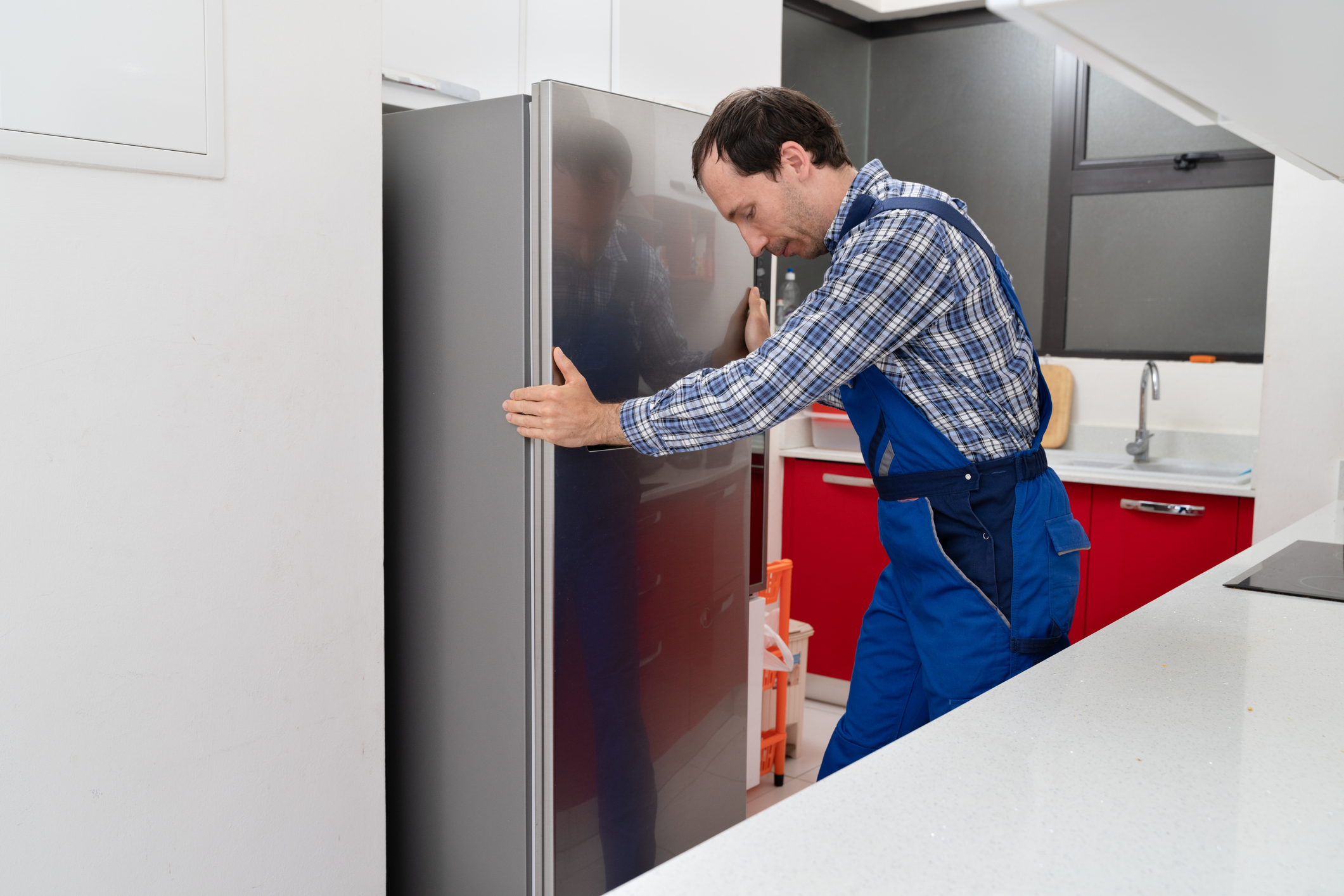
If your refrigerator has a water dispenser, you’ll need to disconnect the water line before you pull the unit straight out for transit. Shut off the water in your home first, then empty the dispenser of any remaining water. “Water left standing in your refrigerator risks the spread of Legionella and other harmful bacteria,” explains Brian Johnson, appliance expert at MyJobQuote.
Then, have a partner or friend help you push or gently tilt the fridge back to gain access to the rear. Pull it far enough out to get behind it and work comfortably.
Consult your refrigerator manual for advice on disconnecting the water line, and be sure to have a towel handy to mop up any residual water.
You might also want to place pads or a blanket beneath the refrigerator to prevent it from scratching the floor.

Brian Johnson has worked as an appliance expert for MyJobQuote for four years and has worked in the industry for over 25 years. Brian continues to work for clients, providing appliance diagnostics and repairs, while also providing expert advice to industry professionals and homeowners. His expert tips have been featured in a range of reputable publications over the years.
3. Remove all food items

Take out all contents from the fridge and freezer, including shelves, drawers, and storage bins. Check every inch to ensure no food is left behind, such as bread crumbs or old salad leaves.
“This is because food debris will quickly grow mold and bacteria once the refrigerator’s switched off and the temperature inside rises,” explains Johnson.
4. Defrost any ice compartments
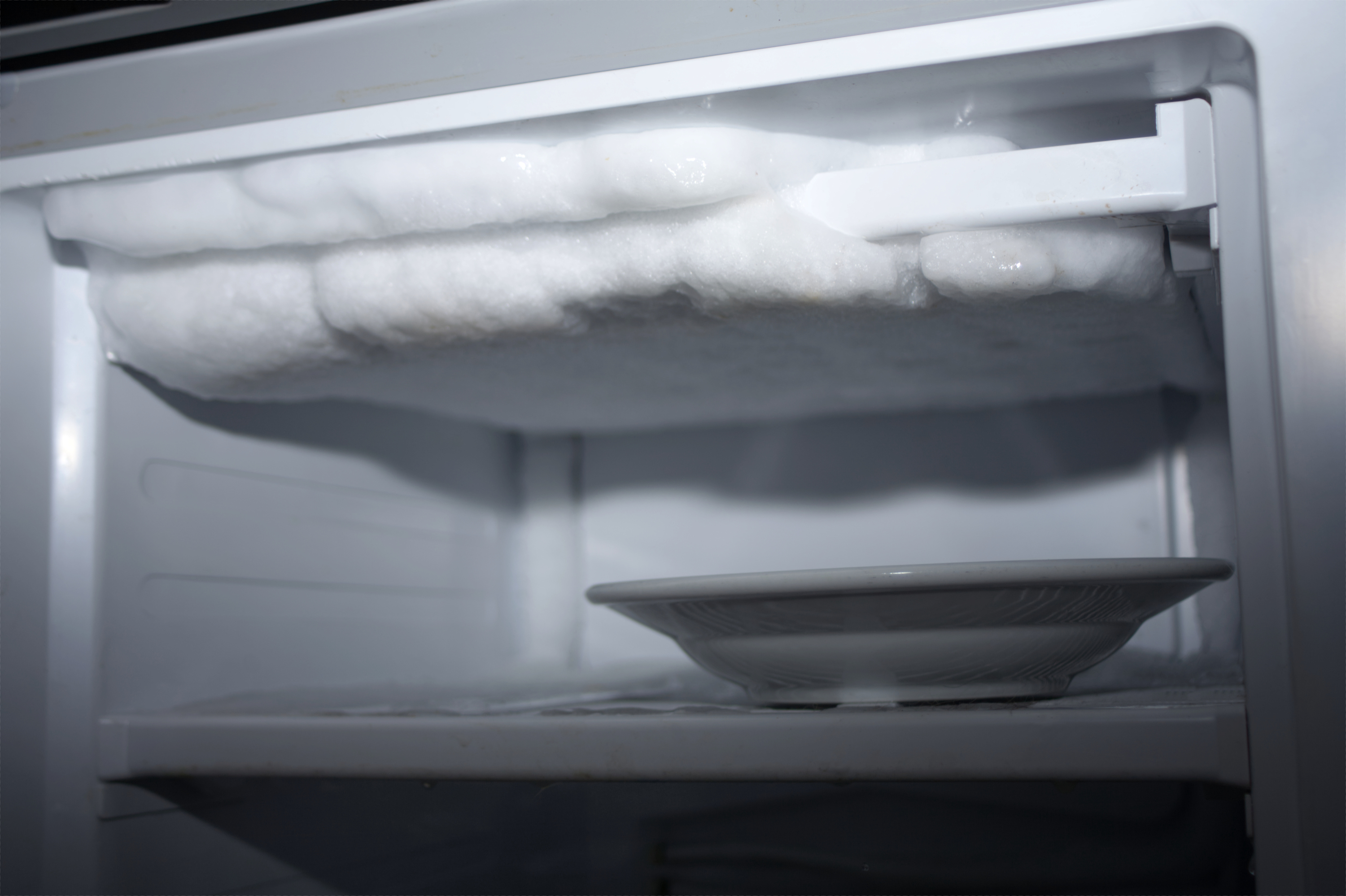
If your refrigerator has an ice compartment, allow this to defrost thoroughly. Lay towels in front of the fridge to soak up any water as the ice melts.
5. Clean all interior surfaces

Using a soft sponge or cloth to clean the inside of the fridge and any freezer compartments. Pay close attention to door gaskets and corners. For cleaning down the inside of the fridge, Johnson recommends an unscented dish soap. “Heavy scents could linger and taint your food when you start using the fridge again.”
It’s important to clean thoroughly, according to Johnson. “You need to clean in every nook and cranny. So, make sure you pull out the shelves and racks for cleaning and wipe along the shelf grooves and the walls behind your racks. Don’t forget to wipe over the door seals too.”
Rinse thoroughly, then allow time for all surfaces to air dry completely.
While waiting, wash and rinse all indoor storage compartments, trays, racks and other accessories and allow them to air dry.
6. Tape doors closed if moving the unit
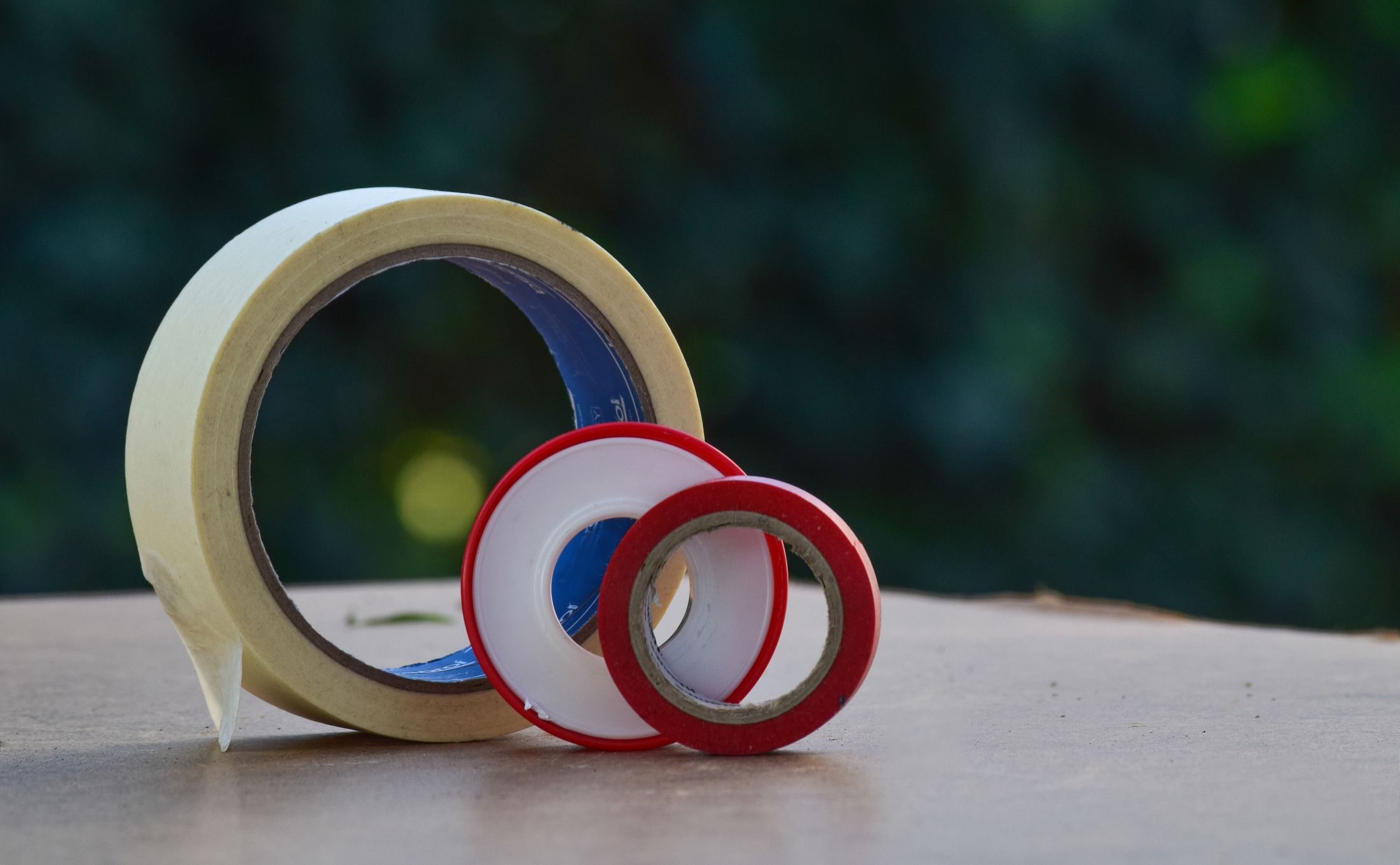
If you intend to move the refrigerator somewhere else for storage, use strips of masking tape, painter's tape or even duct tape to tape the doors shut - like this Gorilla All Weather Tape at Amazon. This prevents them from swinging open during storage or transit.
7. Remove the condenser coil cover
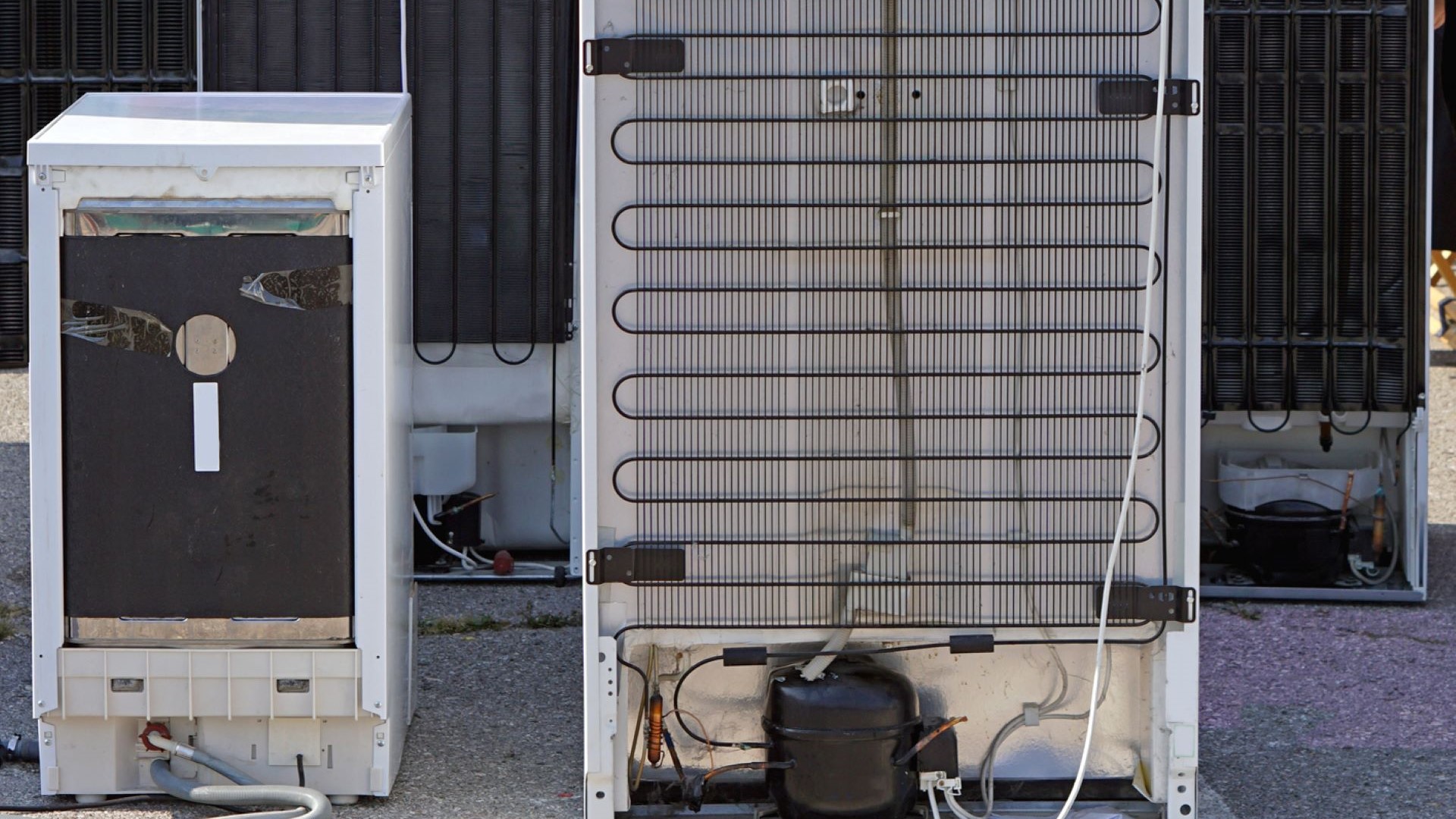
Depending on the model of your refrigerator, you may have to remove a plastic or metal cover over your condenser coils, which can be located at the front of the unit or the rear. This step also allows for better airflow during storage.
8. Clean condenser coils and back of unit
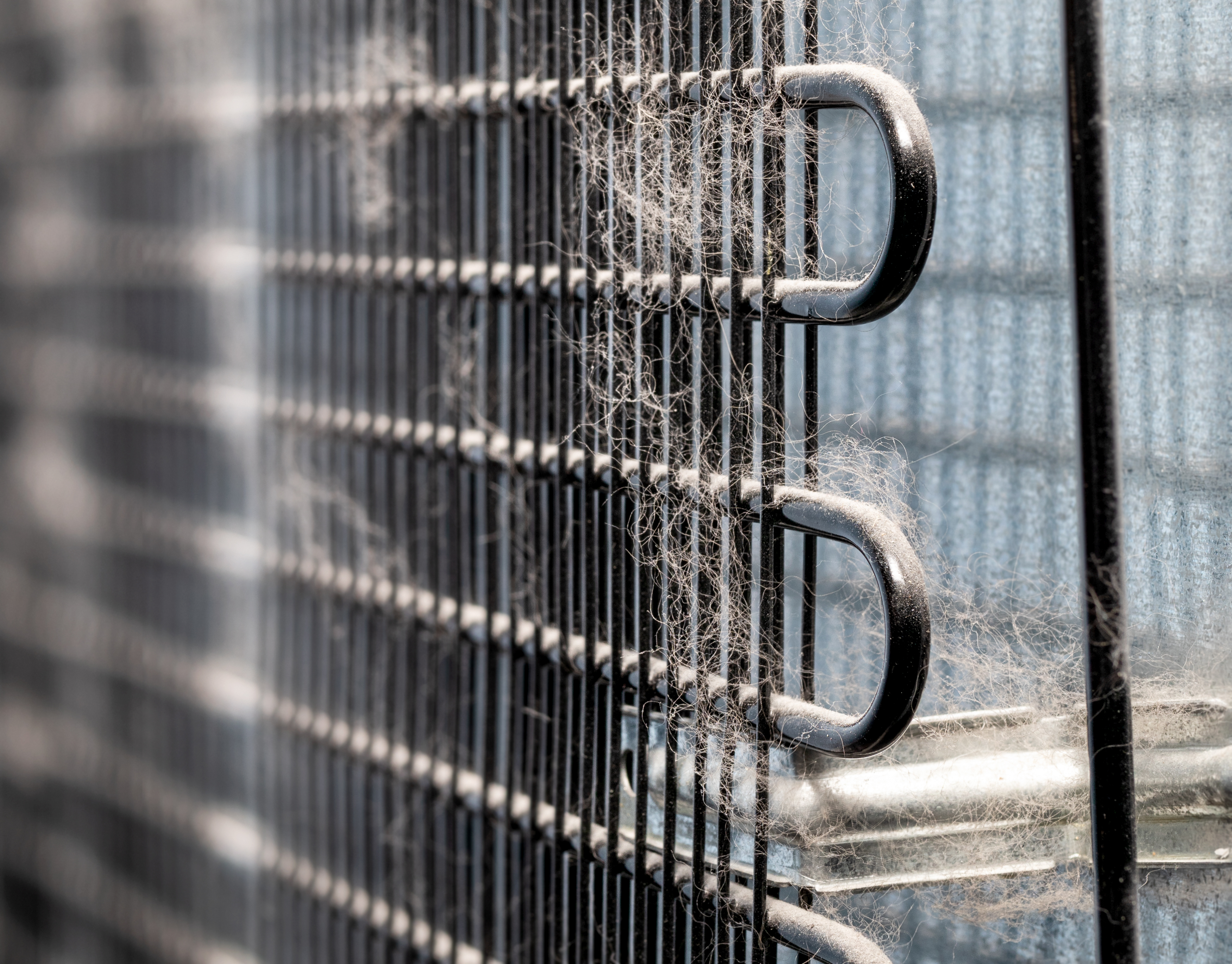
Using a vacuum hose or a soft brush, gently remove any accumulated dust, dirt or debris from the condenser coils and the rear of the fridge.
9. Place moisture absorbers inside

Place open boxes of baking soda or activated charcoal in the fridge and freezer compartments. This will help to absorb excess moisture and prevent mildew growth while your refrigerator is in storage.
10. Prop doors open slightly

Once your refrigerator is in its final position for storage, use spacers, crumpled paper or wood blocks to keep the doors propped open just a couple of inches. Johnson explains, "This allows air to circulate and stops moisture getting trapped inside the fridge, so mold is less likely to form, and bad odors won’t build up.”
Johnson has one more tip if you think you’ll be storing your refrigerator for an extended period. “Refrigerators are typically made with flammable materials, including the insulation and refrigerant. So, it’s wise to use a flame-retardant cover and keep it stored away from other flammable items to reduce fire risks.”
11. Store properly

Keep upright in a dry, pest-free space or carefully lay the refrigerator on its back if needed. Use wood or stone blocks beneath to allow air circulation beneath the unit. Make sure to cover the refrigerator's exterior with a blanket or dust sheet - like this Guisong Refrigerator Cover at Amazon.
12. Check periodically
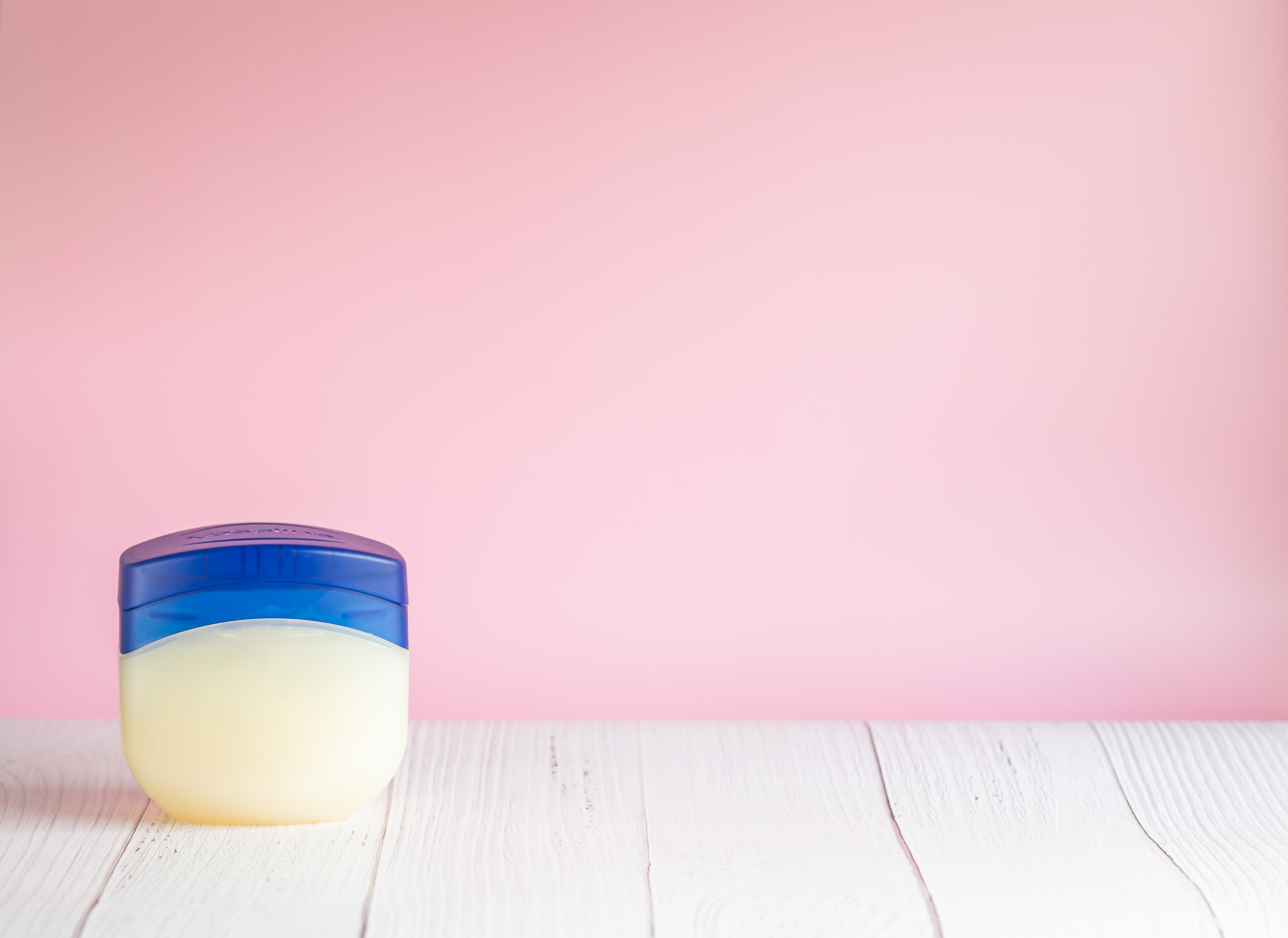
Every 2-3 months, inspect for moisture, odor and mold. Replace your moisture absorbers if needed. If needed, run the fridge briefly to lubricate the door seals, or run a thin layer of petroleum jelly along the seals to prevent them from drying out and cracking while in storage - like this Vaseline value pack at Amazon.
13. Clean again before reusing
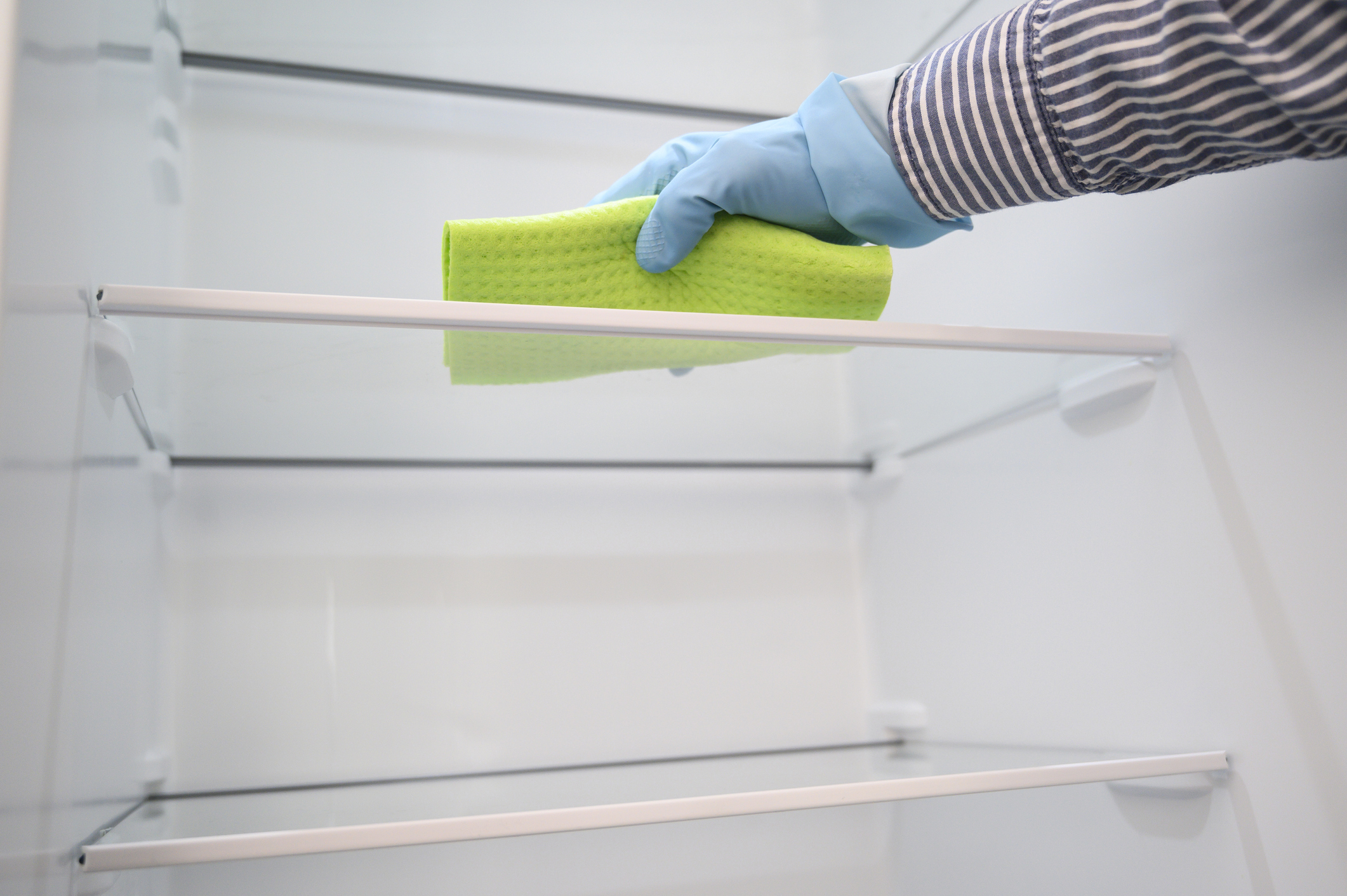
Wipe down the interior again before turning the refrigerator back on. Run for 24 hours empty before restocking food.
How to store a refrigerator when it’s not in use: FAQs
How long can a refrigerator be stored without being used?
This depends on how long you plan to store it. As a general rule, refrigerators aren’t designed to be left unused for long periods, but you can store one for around 12 months if you commit to checking in on it occasionally. Here’s a rough guide to maintaining your refrigerator depending on how long you plan to keep it in storage:
- Up to 1 month: You shouldn’t need to do much other than remove any food, give everything a good wipe down and add some moisture control before turning it off.
- Up to 6 months: You’ll want to periodically check the condenser airflow and replace your moisture absorbents more regularly.
- Up to 12 months: As well as all the above, ensure you regularly check and lubricate the refrigerator seals and run the fridge from time to time to ensure it’s still in good working order.
How do fridges work?
Refrigerators use a cycle of compression, condensation, expansion, and evaporation to keep the fridge's inside at a lower temperature than the surrounding environment, preserving the freshness of food and beverages. Here's a brief overview of those cycles:
- Thermodynamics and cooling cycle: Refrigerators use the principles of thermodynamics to create a cooling cycle.
- Refrigerant: They contain a refrigerant fluid with a low boiling point.
- Compressor: The compressor compresses the refrigerant, making it hot and high-pressure.
- Condenser coils: Hot, high-pressure gas passes through condenser coils to release heat and condense the refrigerant.
- Expansion valve: The expansion valve reduces the pressure of the refrigerant, causing it to evaporate and become cold.
- Evaporator coils: The cold refrigerant enters evaporator coils in the fridge, absorbing heat from the interior air.
- Circulation: A fan circulates cold air over the evaporator coils, distributing it throughout the fridge.
- Temperature control: A thermostat monitors the temperature and activates the compressor as needed to maintain the temperature.
- Heat discharge: Heat absorbed from the interior is released through the condenser coils located outside the fridge.
Final thoughts
Properly storing an unused refrigerator is crucial to ensure it remains functional and odor-free when you need to use it again.
Key steps include unplugging it, removing food, defrosting ice compartments, and thoroughly cleaning the interior. Taping doors closed for transit, accessing and cleaning condenser coils, and placing moisture absorbers inside will help prevent moisture buildup and mildew growth. Covering the exterior will reduce the risk of damage, such as scratches, and keep it dust-free.
Maintaining good airflow, monitoring periodically, and cleaning again before reusing will allow your refrigerator to remain in good working order during storage for up to 12 months. Following these proper storage guidelines will extend the life of a refrigerator and avoid costly replacements.
Sign up to receive the latest news, reviews, buying guides and deals direct to your inbox

Joanne Lewsley is a reputable freelance writer specializing in evidence-based health and lifestyle content. With a background in journalism and extensive experience working for known brands, Joanne rigorously tests and evaluates home gadgets. Her passion for writing is complemented by her love for the outdoors and live music.
